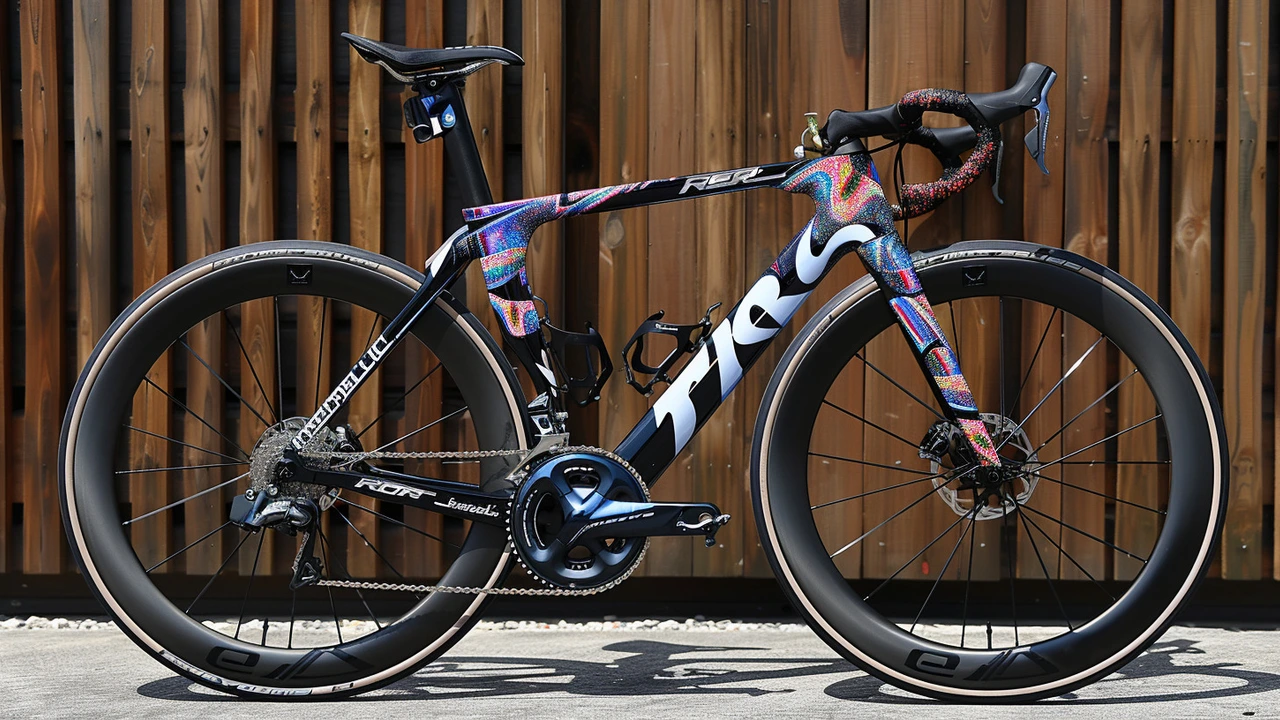Tour de France: How the race works and what to watch
Want to follow the Tour de France but don’t know where to start? This short guide breaks the race down so you can enjoy the action—whether you’re watching on TV, streaming, or heading out to a stage.
Key things to know
The Tour is a three-week race made of daily stages. Each stage is different: flat sprints, hilly days, mountain climbs and time trials. Riders compete for stage wins, but the biggest prize is the overall time—called the General Classification (GC).
Four jerseys matter most. The yellow jersey goes to the GC leader (fastest overall time). The green jersey rewards the top sprinter by points. The polka-dot jersey is for the best climber. The white jersey is for the best young rider under 25. Those jerseys give you different storylines to follow each day.
Teams matter more than you might think. Each team has leaders and helpers called domestiques. Helpers chase breakaways, fetch water, and protect their leader on tough climbs. National or club loyalties don’t matter here—team strategy decides much of the race.
Want the exciting moments? Watch the mountain stages and the final kilometers of flat stages. Breakaways can succeed on medium mountains. Sprint teams control flat stages to set up a mass sprint. Time trials show who can race alone against the clock.
How to follow live from Africa
Check local sports channels first—broadcasters often change rights each year. In many African countries, major sports packages on satellite TV carry the race. Also look for streaming options: the race’s official site lists live partners and full stage schedules.
GC battles can shift day to day, so tune in for stage recaps if you missed the live feed. Social media accounts of teams and riders post quick clips and interviews you won’t see on TV. For deeper analysis, cycling channels and podcasts break down tactics after each stage.
If you plan to watch at home, pick a window that covers the final 30–40 km for the best drama. That’s when teams sprint to set up finishes or leaders attack on climbs. For mountain stages, add extra time—breakaway chases and tussles for the polka-dot jersey can play out over hours.
Heading to a stage in person? Arrive early, bring water, wear comfy shoes, and plan your exit—roads close early and crowds move fast after the finish. Respect the riders and marshals; a careless fan can cause crashes.
Want a quick tip to look smart while watching? Track one rivalry each day: a sprinter duel on flat stages or a climber showdown in the high mountains. It keeps the race easy to follow and makes the final kilometers much more exciting.
Ready to watch? Check local listings, follow the stage schedule, and pick a jersey to root for. The Tour is a mix of daily drama, team chess, and big physical fights on the climbs—once you get those basics, every stage becomes must-watch TV.

Factor Bikes Reveals Exclusive 2024 OSTRO VAM Edition for Tour de France
Keabetswe Monyake Jun 27 19Factor Bikes has launched a limited edition of its OSTRO VAM model for the 2024 Tour de France. This special version, featuring a unique design inspired by the beauty and culture of France, will be used by Israel – Premier Tech’s riders, including Derek Gee, Stevie Williams, and Pascal Ackermann. The design, created by Factor’s Creative Director, Jay Gundzik, reflects the speed and dynamism of the cycling world.
More Detail